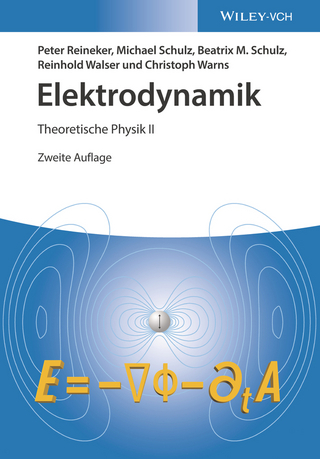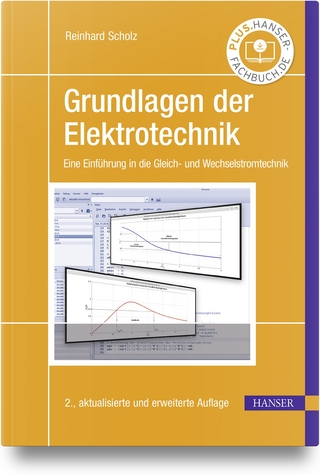
Lightwave Communications
Cambridge University Press (Verlag)
978-1-108-42756-2 (ISBN)
This pioneering, course-tested text is the first to combine communications theory with the physics of optical communications. Comprehensive and rigorous, it brings together an in-depth treatment of the physical characteristics of the guided lightwave channel with the study of modern methods of algorithmic-based communication in time and space. The many different levels at which a lightwave communication signal can be described are integrated to provide a unified explanation of how a commonplace bit stream is transformed into a physical lightwave, how that lightwave travels through an optical fiber, and how it is then transformed back into the bit stream. Background fundamentals such as linear systems and electromagnetics are explained in relation to modern topics such as channel models, encoding, modulation and interference, and end-of-chapter problems are provided throughout. This is an essential text for students taking courses on optical communications, as well as researchers and professionals working in the area.
George C. Papen is a Professor in the Department of Electrical and Computer Engineering at the University of California, San Diego. Richard E. Blahut is the Emeritus Henry Magnuski Professor in the Department of Electrical and Computer Engineering at the University of Illinois, Urbana-Champaign, having served as the Department Head from 2001 to 2008. He has authored a series of advanced textbooks on the mathematical aspects of theoretical informatics, is a member of the US National Academy of Engineering, and a Fellow of the Institute of Electrical and Electronics Engineers (IEEE).
1. Introduction; 2. Background; 3. The guided lightwave channel; 4. The linear lightwave channel; 5. The nonlinear lightwave channel; 6. Random signals; 7. Lightwave components; 8. The electrical channel; 9. The information channel; 10. Modulation and demodulation; 11. Interference; 12. Channel estimation; 13. Channel codes; 14. The information capacity of a lightwave channel; 15. The quantum optics model; 16. The quantum lightwave channel.
| Erscheinungsdatum | 14.01.2019 |
|---|---|
| Zusatzinfo | Worked examples or Exercises |
| Verlagsort | Cambridge |
| Sprache | englisch |
| Maße | 180 x 253 mm |
| Gewicht | 2050 g |
| Themenwelt | Naturwissenschaften ► Physik / Astronomie ► Elektrodynamik |
| Naturwissenschaften ► Physik / Astronomie ► Optik | |
| Technik ► Elektrotechnik / Energietechnik | |
| Technik ► Nachrichtentechnik | |
| ISBN-10 | 1-108-42756-1 / 1108427561 |
| ISBN-13 | 978-1-108-42756-2 / 9781108427562 |
| Zustand | Neuware |
| Informationen gemäß Produktsicherheitsverordnung (GPSR) | |
| Haben Sie eine Frage zum Produkt? |
aus dem Bereich


